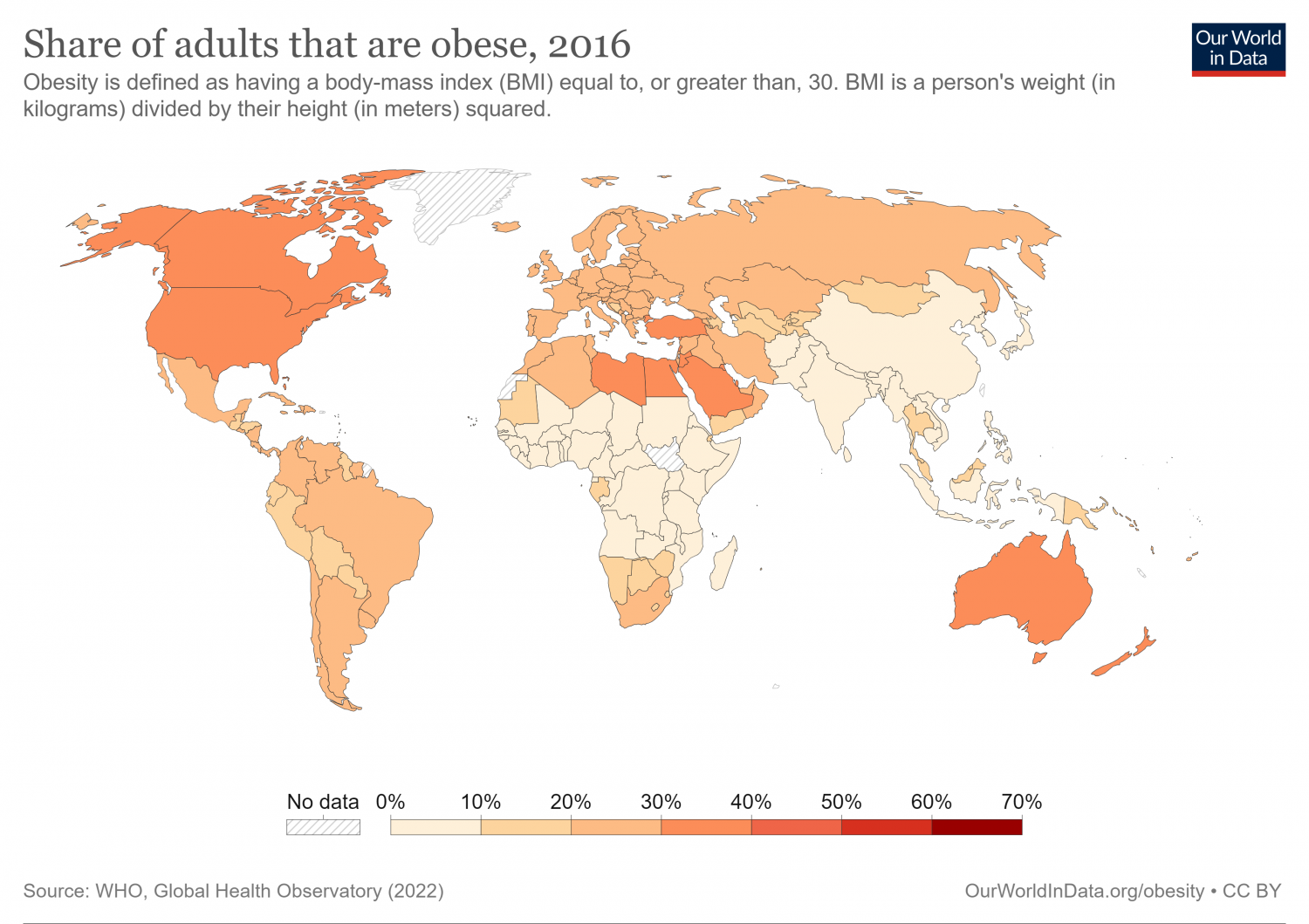Men artists: Naoki Onogawa
By Di, January 26 2024Tokyo-based artist Naoki Onogawa folds hundreds of tiny cranes (no bigger than a centimeter each) by hand, then attaches them to branching wire forms. The results look like bonsai trees—bonsai trees with birds for leaves.
Onogawa started making the sculptures after visiting the site of the 2011 Great East Japan Earthquake. He felt terrified by our powerlessness over nature when he saw 1,000 paper cranes at the site of a ruined school building. Amazingly, he also felt "empowered by the power of life ... that shined so brightly in the aftermath" of the disaster. This inspired him to create his own art with origami cranes.


